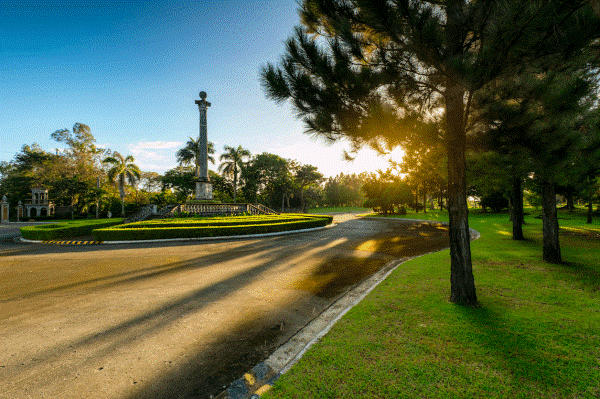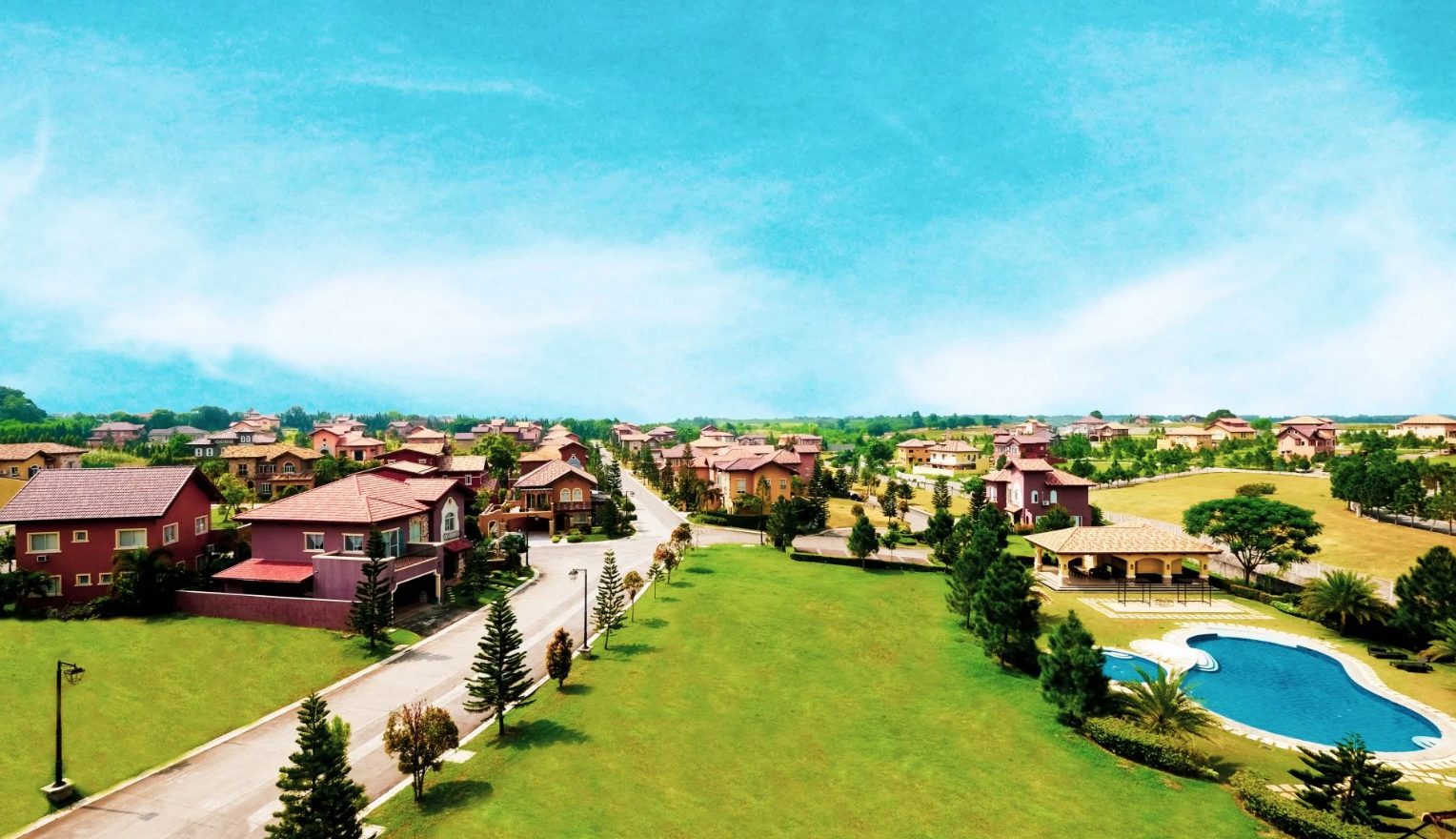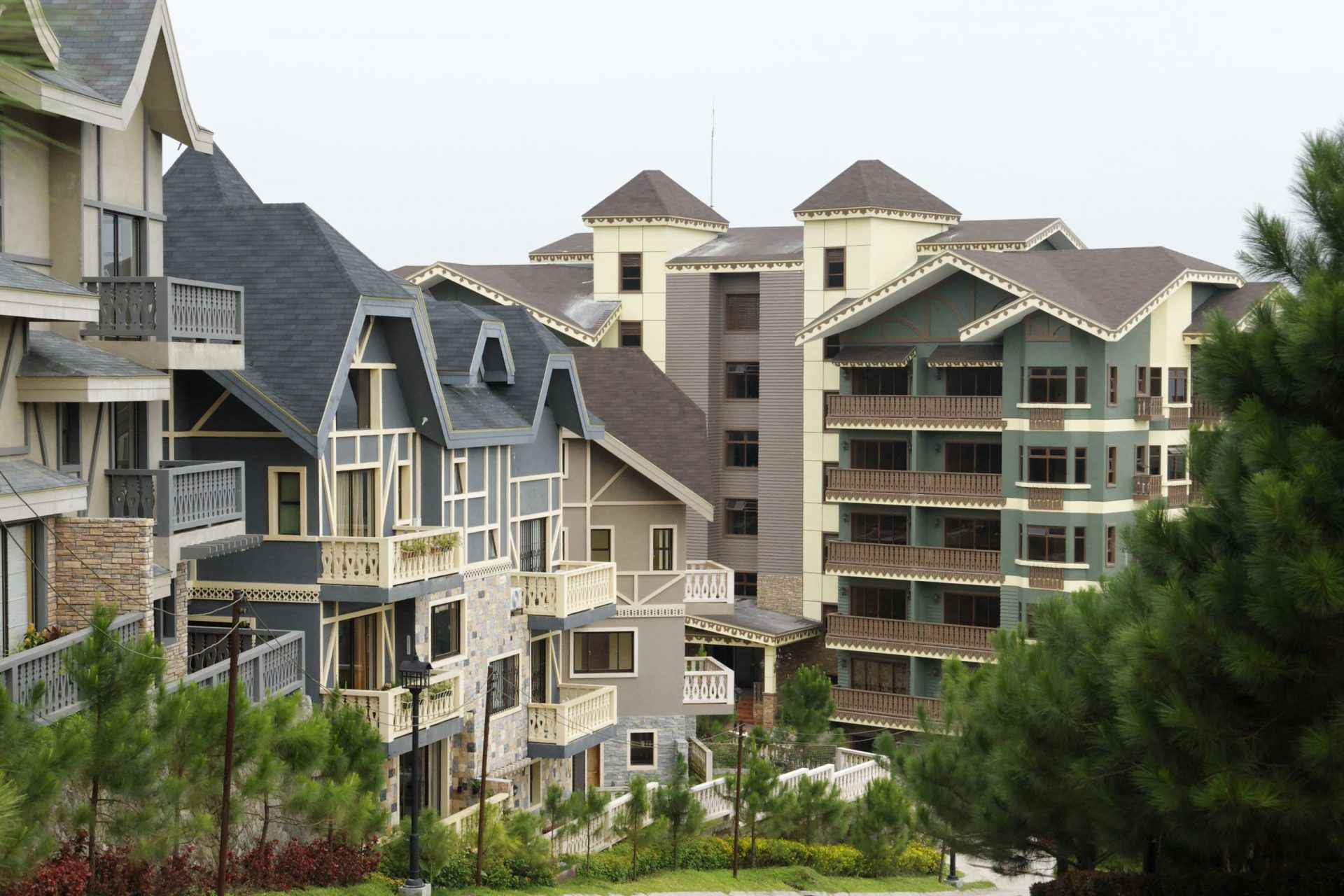BLOGS
Wood Used For A Swiss Chalet Home
Swiss Chalet homes are timelessly charming, with their traditional design and relaxed appeal. The key material behind this classic style is wood. Whether it’s the logs used for these homes’ walls or the detailed wooden furniture that usually adorns them, wood is an indispensable part of a Swiss Chalet home.
It isn’t just aesthetically pleasing; wood also has great structural benefits and is highly versatile, which makes it the perfect choice for building a Swiss Chalet home. This article will look at the types of wood used in a Swiss Chalet house and why they are beneficial. Read on to find out more!
What Type of House is a Chalet?
A chalet is a type of luxury house typically found in mountain resort areas or as vacation homes. It is usually characterized by its steep roof and wide eaves, often with balconies and verandas. The classic Swiss chalet style was initially developed in the early 19th century to accommodate harsh alpine weather conditions.
Traditionally, most Swiss chalets are made from wood, an ideal material for building sturdy structures without needing heavy foundations. Wood can also be adapted easily to fit into irregular shapes and constructions that match the terrain of mountainous regions. Softwoods such as spruce, pine, larch, cedar, fir, and Douglas fir are often used because they are relatively lightweight yet still highly durable and resistant to decay.
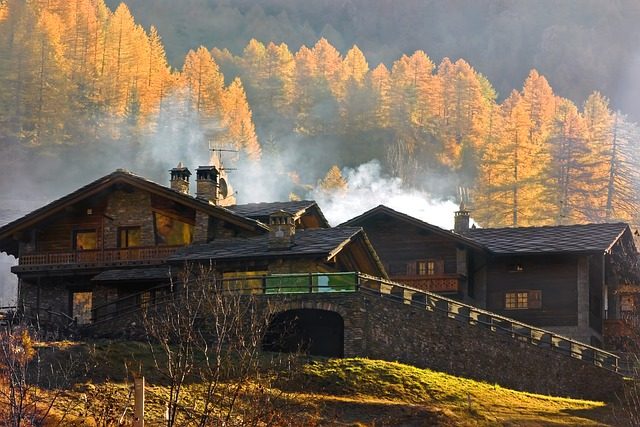
Coupled with the aesthetic appeal of wood, softwoods also possess good thermal insulation properties that provide extra protection from extreme winter temperatures and snowfall. This means that Swiss chalets built from timber can maintain a comfortable temperature all year round without needing to invest in additional heating or cooling systems. Usually, the walls are filled with insulating material such as mineral wool, hemp, or cellulose fibers for added protection against extreme weather conditions.
What’s the Difference Between a Chalet and a House?
Their distinct architectural designs are the main difference between a chalet and a house. A chalet typically has sloping roofs that reach almost to the ground, while a house often has a more traditional pitch or angle that allows for an attic space. In addition, chalets are usually made of timber, whereas houses may be built with brick or stone.
Chalets are traditionally found in mountainous regions and feature large verandas or balconies to take advantage of the views, such as those found in Crosswinds Tagaytay. They were originally built by Swiss farmers as simple dwellings for shepherds in winter and tourists during the summer season. On the other hand, houses can consist of any structure, from single-family homes to condos and townhomes.
In terms of interior design, chalets tend to be more open and airy than houses and luxury lots in Tagaytay, with high ceilings and large windows that take advantage of the surrounding views. They also often feature rustic decors such as wood paneling, exposed beams, and antiques. Houses generally have closed-off spaces or walls between rooms for a more intimate feel.
Size-wise, chalets are usually smaller than houses because they were originally built for one family or small group of people. In contrast, modern-day homes can have much larger footprints due to the need for extra space from a growing family or multiple occupants. However, some chalets today are large and luxurious, with various floors and plenty of room for extras like pools and guest bedrooms.
What is Considered a Chalet?
A chalet is a type of building or house which originated in the Swiss Alps and was originally used as a mountain retreat for summer holidaymakers. Chalets are typically constructed from wood, with steep roofs that are angled down towards the sides to make them more resilient against heavy snowfall. The traditional design also includes a balcony, veranda, or overhang to provide protection from the sun in Crosswinds Tagaytay.
Nowadays, chalets are becoming increasingly popular due to their rustic charm and cozy atmosphere. In addition, many people find them attractive because they often offer modern amenities and comforts alongside the classic alpine style. Chalets are also a great choice for those looking for an escape from urban life as they offer privacy, seclusion, and spectacular views of the surrounding mountain ranges.
In terms of size, chalets can range anywhere from small one-bedroom units to large multi-level structures that span thousands of square feet in a luxury house and lot in Tagaytay. The average chalet typically features two or three bedrooms, multiple bathrooms, living spaces, and kitchens. Some larger chalets may even include additional features such as private saunas and hot tubs.
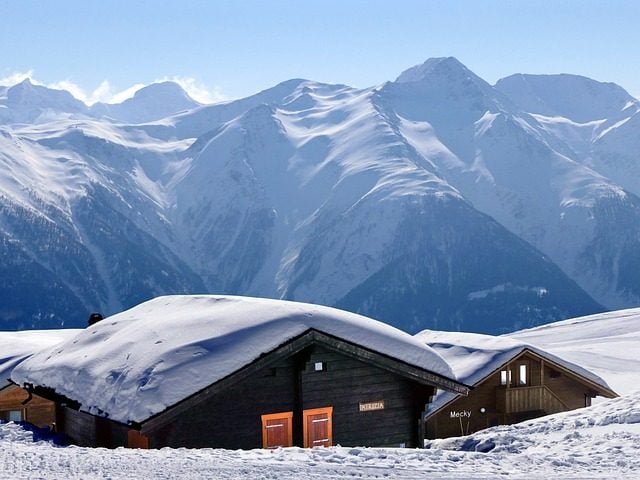
Why is it Called a Chalet?
The word “chalet” is derived from the French word chalet, meaning small cottage or cabin. This idyllic mountain dwelling has been around since at least the early 19th century and likely before that. It first appeared in Swiss Alpine regions already known for their picturesque beauty. The purpose of a chalet was to provide a warm and cozy place for people to stay while they explored the Alps on foot or activity holidays such as skiing, snowboarding, and hiking.
Chalets have always been designed with comfort in mind in Lausanne at Crosswinds, making them the perfect place to relax and unwind after a long day of exploring. And with their charming aesthetic, it’s no wonder these dwellings have become known as “chalets” all over the world!
What is a Luxurious House?
A luxurious house is a dwelling that offers the highest level of comfort and style. It may include features such as high-end finishes, designer kitchens, spa-like bathrooms, sprawling outdoor living areas, and more. The goal of a luxurious home is to provide its inhabitants with an unmatched degree of opulence and luxury.
The features contributing to the luxury feeling can vary from one home to another. For example, some homes feature exotic materials like onyx or marble accents against modern fixtures for a contemporary look; others embrace the traditional feel with intricate woodwork and ornate decor. Whatever the style, each element must come together harmoniously to create a truly luxurious home.
In addition to aesthetic elements, luxurious houses in Crosswinds Tagaytay may also have cutting-edge technology, energy-efficient systems, and other modern conveniences. These features help to provide an exceptional level of comfort, convenience, and practicality that sets a luxurious house apart from the rest. With thoughtful design, state-of-the-art features, and sumptuous materials, luxury homes can indeed be a place to relax, entertain and enjoy life at its finest.
What Wood is Used in Swiss Chalet?
Spruce is often chosen as the go-to building material for constructing these chalets due to its excellent strength-to-weight ratio and low maintenance requirements. Spruce wood is widely available and provides excellent thermal insulation and soundproofing. The wood is often treated with fire retardant before being used on the building, making it safe in high-risk areas such as near lakes or mountain slopes.
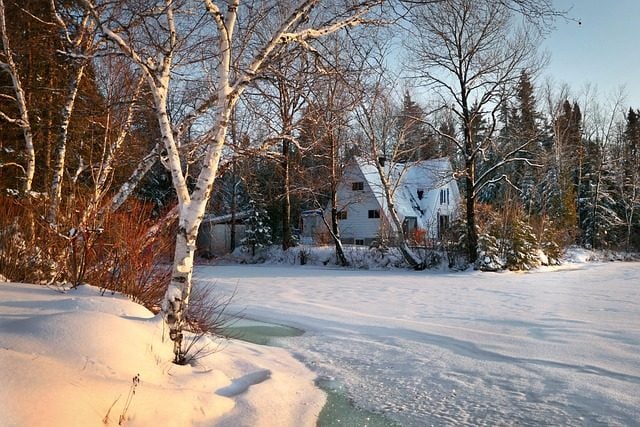
Pine is another popular timber used in Swiss Chalet due to its resiliency and reasonable price point. Pine has an elegant look and is easy to shape, which makes it perfect for constructing roofs, doors, and windows. Larch is also a popular choice due to its durability and long lifespan, which makes it ideal for roof tile shingles or floorboards that need to last a long time without requiring much maintenance.
Fir is also sometimes used in Swiss Chalet builds, especially for trim and detailing. Fir wood is lightweight and easy to work with but not as strong as spruce or larch. It is often used in areas of the chalet that do not require a lot of structural support, such as cabinets and interior walls.
The use of wood in Swiss Chalet buildings has proven to be time-tested over centuries, allowing these structures to stand up against harsh weather conditions and steep mountain slopes while still looking beautiful today. With its excellent strength-to-weight ratio, availability, durability, and aesthetic appeal, it’s no wonder why timber continues to be an integral part of the Swiss Chalet experience.
Final Words
The Swiss Chalet is a timeless and romantic architecture that has stood the test of time. From their sturdy spruce walls to their intricate details, these dwellings are truly unique and serve as a testament to the skill of those who constructed them. The use of wood in these structures has been instrumental in their longevity, providing strength and warmth while also creating an atmosphere of luxury and comfort. With careful design, thoughtful materials, and modern features, Swiss Chalet homes offer a unique living experience that is truly one-of-a-kind.
Suggested Read: Benefits Of Living In A Swiss Chalet Luxury Home In 2023
Suggested Read: Swiss Home: What It Should Feel Like
Suggested Read: The Basics Of Swiss Architecture
Suggested Read: Defining Swiss Home Interior





